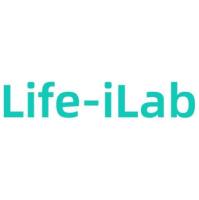The Proprotein Convertases, 20 Years Later
互联网
671
The proprotein convertases (PCs) are secretory mammalian serine proteinases related to bacterial subtilisin-like enzymes. The family of PCs comprises nine members, PC1/3, PC2, furin, PC4, PC5/6, PACE4, PC7, SKI-1/S1P, and PCSK9 (Fig . 3.1). While the first seven PCs cleave after single or paired basic residues, the last two cleave at non-basic residues and the last one PCSK9 only cleaves one substrate, itself, for its activation. The targets and substrates of these convertases are very varied covering many aspects of cellular biology and communication. While it took more than 22 years to begin to identify the first member in 1989–1990, in less than 14 years they were all characterized. So where are we 20 years later in 2011? We have now reached a level of maturity needed to begin to unravel the mechanisms behind the complex physiological functions of these PCs both in health and disease states. We are still far away from comprehensively understanding the various ramifications of their roles and to identify their physiological substrates unequivocally. How do these enzymes function in vivo? Are there other partners to be identified that would modulate their activity and/or cellular localization? Would non-toxic inhibitors/silencers of some PCs provide alternative therapies to control some pathologies and improve human health? Are there human SNPs or mutations in these PCs that correlate with disease, and can these help define the finesses of their functions and/or cellular sorting? The more we know about a given field, the more questions will arise, until we are convinced that we have cornered the important angles. And yet the future may well reserve for us many surprises that may allow new leaps in our understanding of the fascinating biology of these phylogenetically ancient eukaryotic proteases (Fig . 3.2) implicated in health and disease, which traffic through the cells via multiple sorting pathways (Fig . 3.3).





